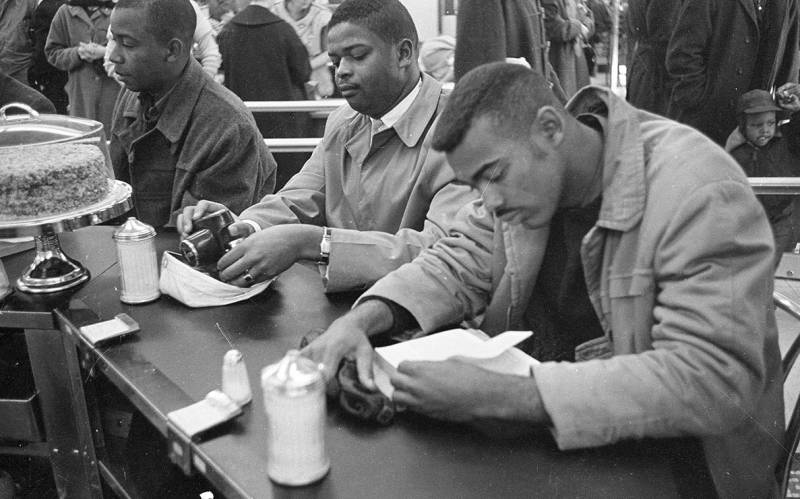By now, we’ve all seen the videos taken by people of color who document the daily microaggressions — or outright racism — they’ve had to endure.
While racist behavior caught on camera is not new, the makers of the newer generation of viral videos have tried a new strategy by letting their counterparts do most of the talking.
Take the case of James Juanillo, a Filipino American living in San Francisco’s Pacific Heights, a wealthy and mostly white neighborhood.
Juanillo was writing “Black Lives Matter” in chalk on the retaining wall in front of his home when he was confronted by Lisa Alexander, a white woman who said he was defacing private property and claimed to know the owner of the house.
Juanillo could have told Alexander and her companion Robert that he lived there, but he didn’t. He says that was intentional.

